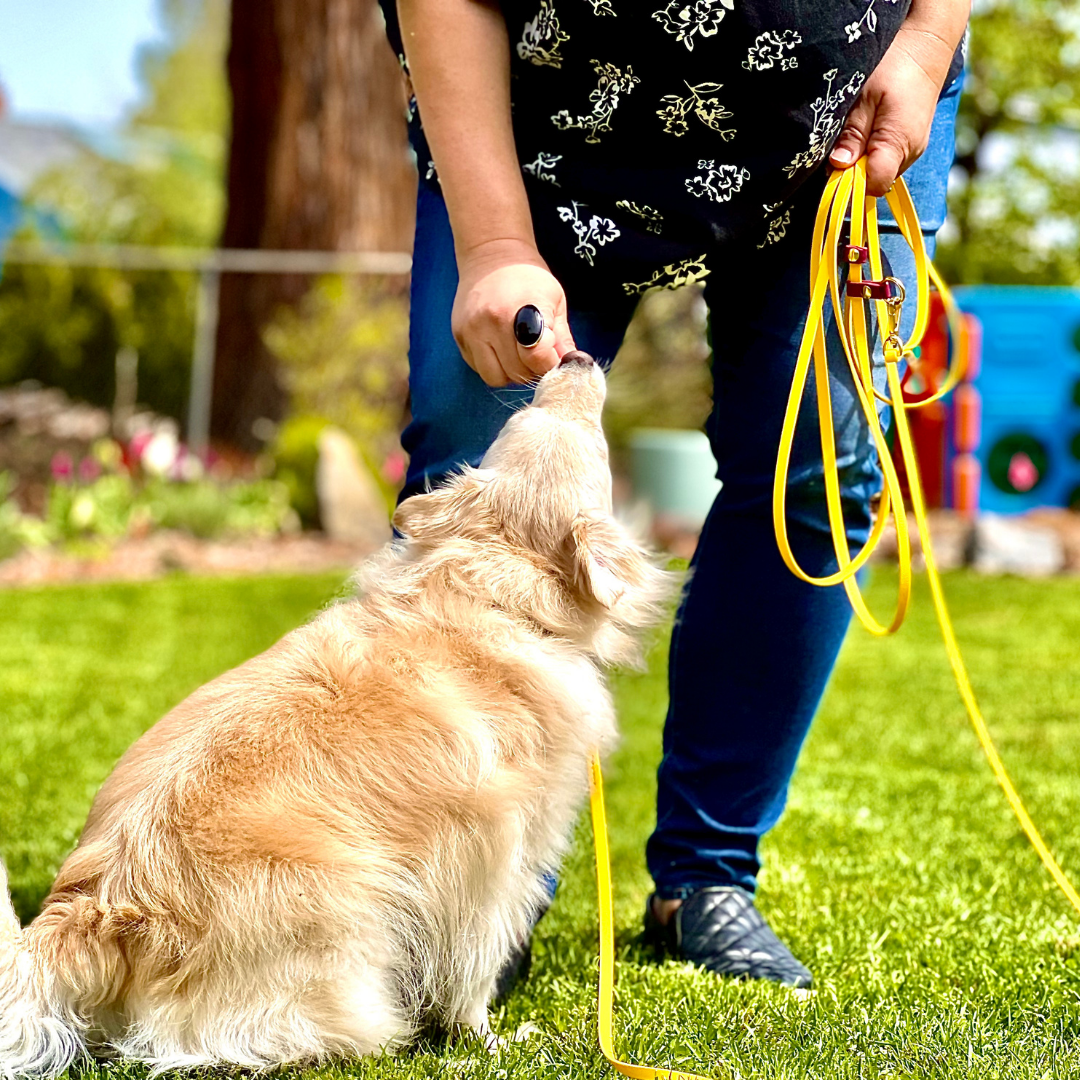
The Best Training Treats for Your Dog
The quickest way to a dog's brain and maybe their heart is through their tummy! We commonly use food rewards because they work. There are important things to consider when choosing the best food reward.
The best training treats depends heavily on your dog’s:
- diet
- level of exercise
- preference
- situation
Check with your vet about the proper food treats to use for a dog who is on a special diet, and consider the calorie intake for each individual dog as they vary greatly depending upon age, size, breed, health, etc.
Treats differ from low value to high value and might not be food at all. The best treat for your dog depends on your dog. Low-value treats should be used for simple behaviors with low distractions like practicing “sit” in the home. It may be that your dog enjoys a good game of tug or fetch, or some gentle praise and good pet. Low-value food reinforcements that you can use are;
- high-quality, low-calorie kibble
- high-quality, low-calorie chewy treats
- high-quality, low-calorie dry treats
- bananas
- apples
- carrots
You may have to experiment with what your dog likes and remember that their preferences may change over time. If you are working on complex behaviors in a distracting environment or working through emotional issues such as fear or anxiety, use high-value food treats. If your dog is too distracted or stressed and won’t take food, move to a less distracting or stressful environment, and begin there. Use something meaty or super smelly of high value such as:
- cooked chicken
- string cheese
- hot dogs
- sardines
- liver
- beef tripe
- high-quality, gourmet meat rolls
The size of the treat is important, especially when teaching a new behavior with a high rate of reinforcement, or more complex behaviors that require helping change the dog’s response to certain triggers. Cut each food treat into small pieces, equivalent to the size of a small piece of kibble. This will allow you to reinforce often and when necessary. Use the smallest amount of food reinforcement necessary to reinforce a behavior. Happy training!

Comments
Leave a comment